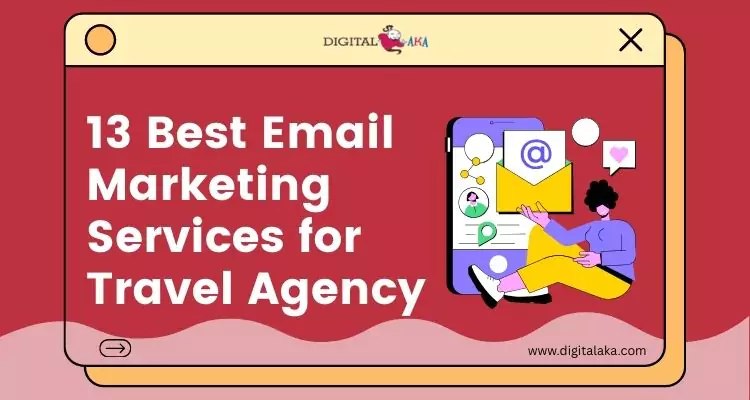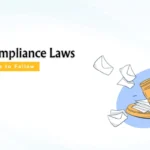
Email Compliance Laws- Best Practices to Follow
January 31, 2025
SEO Ranking Factors 2025- On-Page, Off-Page & Technical SEO
February 10, 2025The Email Bounce Rate is very important for checking how well your email marketing is working. If too many emails bounce back and don’t reach people, it can cause problems. It can make email services see you as a spam sender, reduce how many people get your emails, and lower engagement.
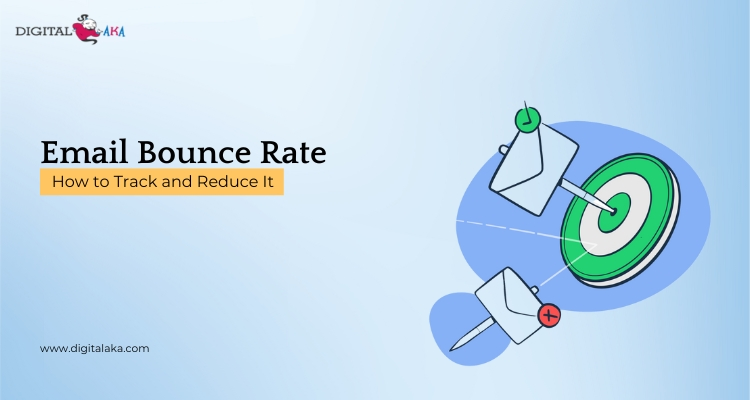
To avoid this, it is important to understand why emails bounce, use an email bounce rate checker to track the bounce rate and follow the right steps to reduce it. This will improve your email marketing and ensure that more people receive and read your emails.
Table of Contents
What is the Email Bounce Rate?
Email Bounce Rate refers to the percentage of emails that fail to reach the recipient’s inbox. This can happen for various reasons, such as incorrect or non-existent email addresses, full inboxes, or the recipient’s mail server blocking the email. There are two types of bounces: soft bounce, which is temporary (like a full inbox), and hard bounce, which is permanent (like an invalid email address). A high bounce rate can indicate issues with your email list, so it’s important to regularly update and clean it to improve email deliverability and ensure messages reach the right people.
Pricing
| Trail Plan | Standard Plan | Premium Plan | Professional Plan |
| $50 | $145 | $185 | $225 |
| Sending Limit | Sending Limit | Sending Limit | Sending Limit |
| 1000 Emails/Hour | 1500 Emails/Hour | 3000 Emails/Hour | 5000 Emails/Hour |
Types of Email Bounces
There are different types of email bounces, and understanding them can help you reduce email bounce rate.
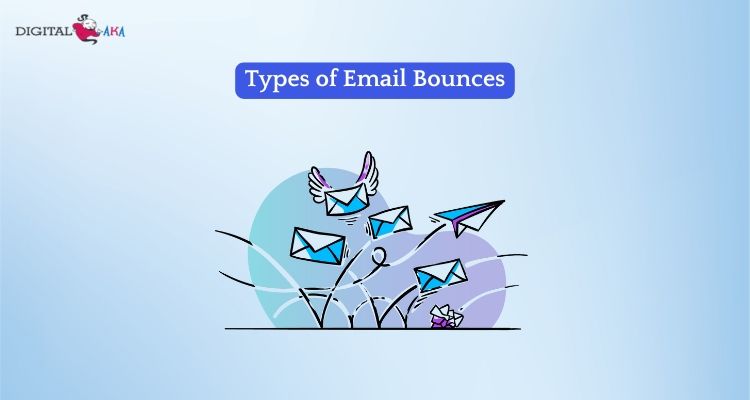
1. Hard Bounce
A hard bounce happens when an email is permanently undeliverable. This usually occurs due to:
- Invalid or non-existent email addresses
- Domain name errors
- Blocked email addresses
Hard bounces affect your email bounce rate statistics and should be removed from your email list to improve your email bounce rate benchmark.
2. Soft Bounce
A soft bounce is a temporary failure in email delivery. This can happen due to:
- Recipient’s inbox is full
- Email server is down
- Message size being too large
Soft bounces may resolve themselves, but if an email keeps bouncing, it can become a hard bounce.
3. General Bounce
This type of bounce occurs for unknown reasons. It could be due to:
- Temporary server issues
- Spam filters blocking the email
Since the cause is not clear, monitoring such bounces can help improve email campaign effectiveness.
4. Blocked Bounce
Some email providers or organizations block emails for security reasons. This may happen because:
- The email is suspected to be spam
- The sender’s IP is blacklisted
- The email contains restricted content
To reduce it, ensure your emails follow best practices and do not appear spammy.
5. Transient Bounce
A transient bounce is similar to a soft bounce but usually resolves on its own. It happens when:
- There are temporary connection problems
- The recipient’s email server is overloaded
Checking your email bounce rate checker can help track and manage these issues.
Why Email Bounce Rate Matters
A high Email Bounce Rate affects your email marketing success in several ways:
1. Affects Email Deliverability
If too many of your emails bounce, email service providers may think you are sending spam. This can lower your sender’s reputation and affect future emails.
2. Wastes Time and Effort
A high bounce rate email campaign means your hard work in creating emails is going to waste because they never reach the audience.
3. Impacts Business Growth
If your emails don’t reach customers, you lose potential leads and sales. Keeping a good benchmark helps maintain business success.
Industry Email Bounce Rate Benchmark
To gauge your performance, it’s essential to compare against the email bounce rate benchmark. The average Email Bounce Rate varies by industry:
- Retail: 0.4% – 0.9%
- Technology: 1.0% – 2.5%
- Healthcare: 0.8% – 1.5%
- Education: 1.5% – 2.8%
- Finance: 0.5% – 1.2%
By analyzing statistics, businesses can compare their metrics against industry norms and take steps to reduce it if they fall outside the average.
Causes of High Email Bounce Rate
A high email bounce rate can significantly impact your email campaigns and deliverability. Here are some common causes:
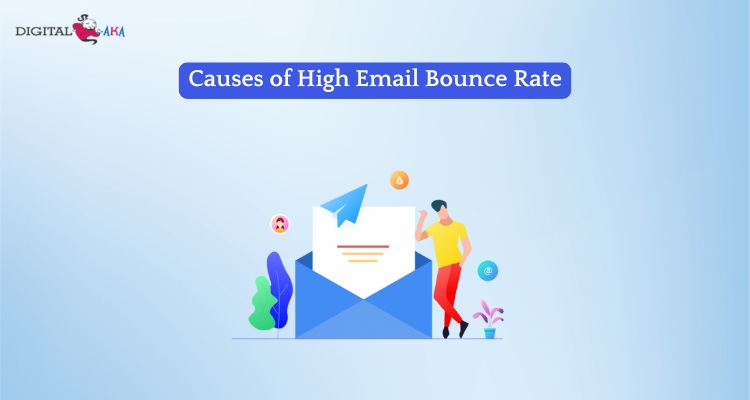
1. Invalid Email Addresses: One of the main reasons for a high bounce rate email is sent to incorrect or non-existent email addresses. This can happen if the recipient’s email address is typed wrong or is outdated.
2. Poor List Management: If your email list is not regularly cleaned or updated, it can lead to many bounces. Using an email bounce rate checker can help identify invalid addresses and improve the quality of your list.
3. Spam Traps: Email providers set up spam traps to catch senders who send unsolicited emails. These traps can cause high email bounce rate statistics if your emails are flagged as spam.
4. Server Issues: Sometimes, email servers may experience temporary problems, causing your emails to bounce. This can be especially true for smaller or overburdened servers.
5. Sending Too Many Emails at Once: If you send a large volume of emails in a short time, it can overwhelm the recipient’s email server, leading to bounces. This can negatively affect your email campaign.
6. Blocked IP Address: If your sending IP gets blacklisted due to poor email practices or spam complaints, this can result in a higher email bounce rate benchmark.
How to Reduce Email Bounce Rate
To help you lower your bounce rate, here are some simple strategies you can use:
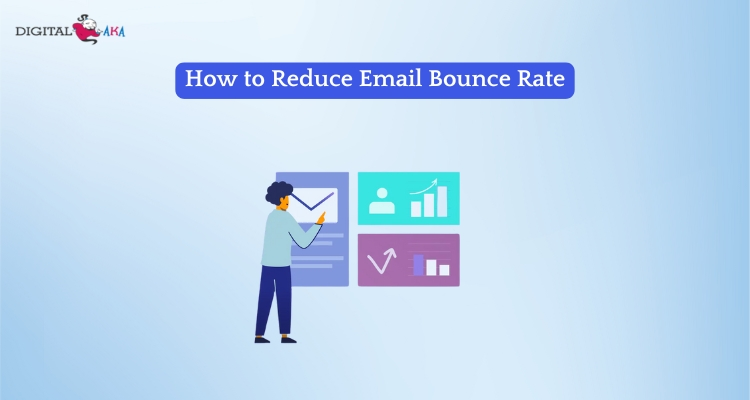
1. Clean Your Email List Regularly
One of the main reasons for a high bounce rate email is an outdated or inaccurate email list. People change their email addresses or stop using them, so it’s essential to keep your list clean. Use an email bounce rate checker tool to find invalid or non-existent email addresses. This will help ensure you’re sending emails to active users and avoid unnecessary bounces.
2. Use a Double Opt-In Process
A double opt-in process means that when someone subscribes to your email list, they first receive a confirmation email. They must click on a link to confirm their subscription. This helps ensure that the emails are valid and that your subscribers want to receive your emails. It also reduces the chances of fake or mistyped email addresses entering your list.
3. Avoid Spam Traps
Spam traps are fake email addresses used to catch spammers. If you accidentally send emails to these addresses, it can negatively affect your bounce rate email campaign. To avoid this, make sure to collect emails from trusted sources and use tools that can detect spam traps. This will help protect your reputation and keep your email bounce rate statistics low.
4. Personalize Your Emails
Email personalization can improve engagement and reduce bounce rates. People are more likely to open and interact with emails that are relevant to them. By segmenting your email list and targeting specific groups, you ensure your emails are being sent to the right audience. This can lead to fewer bounces and more successful campaigns.
5. Monitor and Analyze Bounce Rate Trends
Keep an eye on your benchmark to measure how well your campaigns are performing. A sudden increase in bounces can indicate a problem with your email list, content, or server. By monitoring bounce rates over time, you can identify trends and take action before the issue becomes larger. Analyzing statistics will help you make more informed decisions for future campaigns.
6. Avoid Sending Emails to Invalid Domains
Sometimes, email bounces happen because the domain name you are sending to is no longer valid. This can happen when companies shut down, or people switch to different email providers. It’s important to check the validity of domains in your email list. Tools like email bounce rate checker can help identify invalid or inactive domains.
7. Use a Reliable Email Service Provider
Using a reputable email service provider (ESP) can also help reduce your email bounce rate. A good ESP ensures that your emails are sent through reliable servers that follow best practices. They also provide tools to help you monitor and clean your email list, ensuring that you don’t send emails to non-existent addresses.
How to Track Your Bounce Rate Email Campaign
Here’s how you can track and reduce the bounce rate email campaign:
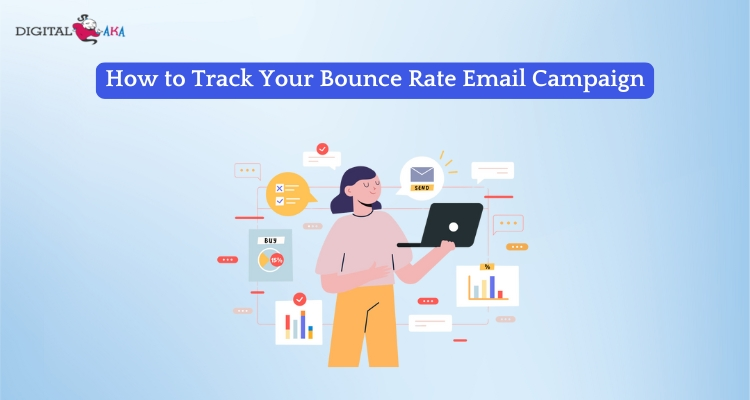
1. Use an Email Bounce Rate Checker: The first step in tracking bounce rates is using an email bounce rate checker. This tool helps you monitor how many emails bounce and provides you with detailed statistics on why they didn’t reach their destination.
2. Monitor the Types of Bounces: There are two types of bounces – soft bounces and hard bounces. Soft bounces happen due to temporary issues like a full inbox, while hard bounces are permanent failures, like invalid email addresses. Understanding these will help you manage and improve your email list.
3. Track Bounce Rate Email: After sending your emails, you should review your campaign’s performance. Most email marketing platforms will show you the email bounce rate statistics, making it easier to see how many emails failed to deliver.
4. Compare to Email Bounce Rate Benchmark: To understand if your bounce rate is normal, compare your results with the benchmark. A typical bounce rate should be under 2%. If it’s higher, you’ll need to improve your list hygiene.
5. Reduce Email Bounce Rate: To reduce it, clean your email list regularly, remove invalid addresses, and ensure you’re sending to engaged subscribers. This helps maintain a good sender reputation and keeps your bounce rate low.
Conclusion
A high email bounce rate can negatively impact your email marketing campaigns. By using a bounce rate checker, tracking bounce rate statistics, and following industry benchmarks, you can successfully reduce it and improve engagement. Implementing best practices in your email campaigns will help improve deliverability, increase conversions, and enhance ROI.
By staying proactive and continuously refining your approach, businesses can optimize their bounce rate and achieve long-term success in email marketing.


